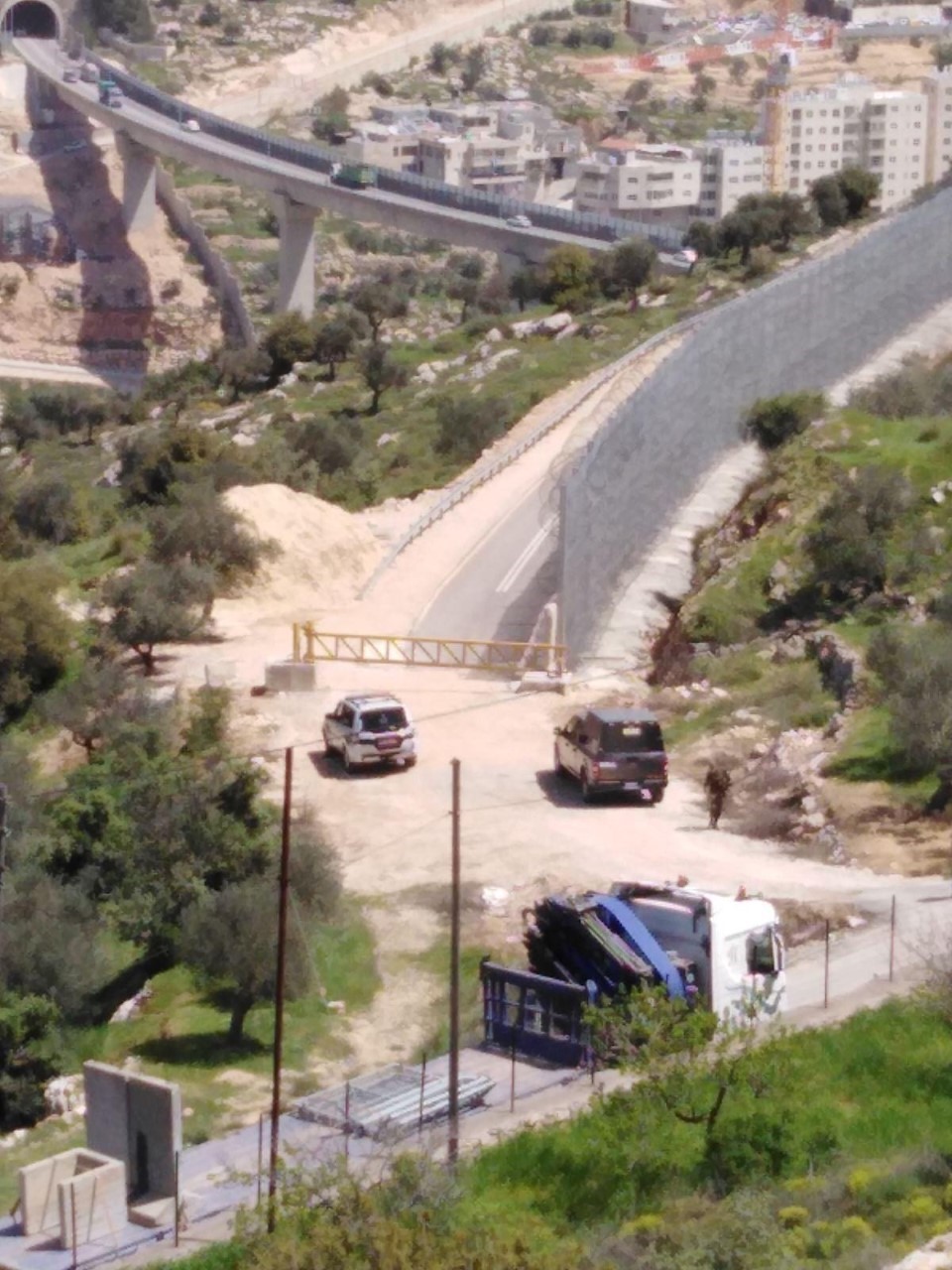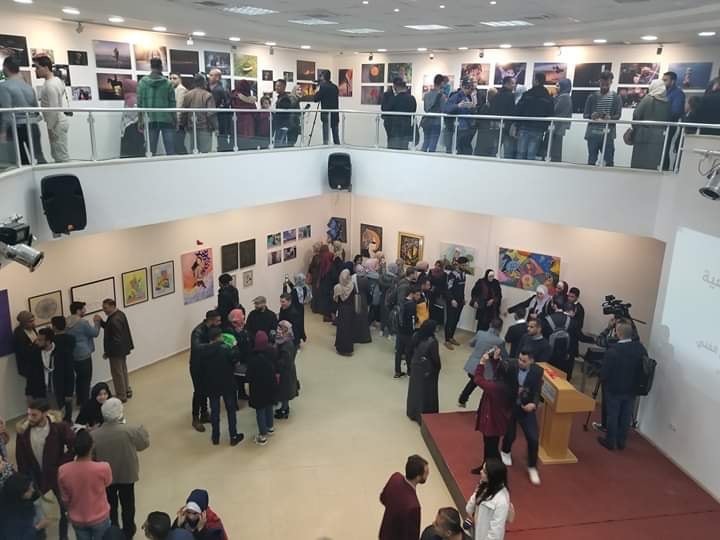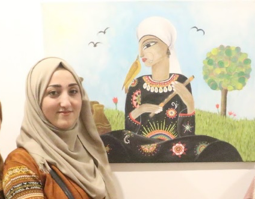Easter Newsletter 2020 from the Rev. Dr. Mitri Raheb in Bethlehem
 Written by the Rev. Dr. Mitri Raheb
Written by the Rev. Dr. Mitri Raheb
President, the Diyar Consortium
Dear Sisters and Brothers,
Greetings from the little town of Bethlehem during this Holy Week. As we go through this coronavirus pandemic and we see the number of infected and dead people rising, we are reminded of the ugliness of death. However, as we look at the cross, we realize that we are not alone in all of this.
It is not only that the whole world is sharing our situation, but also God himself is doing so. And yet, the cross is a reminder that death does not have the last word, but that Sunday is coming; that life is stronger than death. We realize that there is life after Coronavirus, but we will carry the scars of this pandemic with us.
In this spirit, please allow me to share with you some of our struggles and hope.
For us in Bethlehem, this is our fifth week being locked down. The first coronavirus-infected people were found in Beit Jala on March 5th, and the Palestinian government isolated Bethlehem.
The city was booming with visitors and within hours all tourists had to be evacuated. Since then we cannot leave our homes except to buy groceries or medicine.
That same day all our facilities had to be closed. With the tourism industry collapsing, the backbone of the Bethlehem economy, we are facing very difficult economic situation.
 We are not sure how to keep the operations running, how to secure at least part of a salary to our employees, and how to keep hope alive knowing that the tourism sector will not recover before two years from now. Not only this, but to add insult to injury, while we were locked down, Israeli bulldozers were busy building the last portion of the Wall from the western side of Bethlehem, putting the Cremisan valley with its Monastery behind the Wall and stealing a very valuable piece of agricultural land from us.
We are not sure how to keep the operations running, how to secure at least part of a salary to our employees, and how to keep hope alive knowing that the tourism sector will not recover before two years from now. Not only this, but to add insult to injury, while we were locked down, Israeli bulldozers were busy building the last portion of the Wall from the western side of Bethlehem, putting the Cremisan valley with its Monastery behind the Wall and stealing a very valuable piece of agricultural land from us.
 This year was supposed to be an exceptional year, full of promise for great things to happen. We were planning to celebrate Bethlehem as the Cultural Capital of the Arab World; we were preparing to celebrate our ministry’s 25th anniversary; we were firming up all the plans to kick-off the second edition of the Bethlehem Student Film Festival; we were ready to announce the winners of the Ismail Shammout Award in Painting;
This year was supposed to be an exceptional year, full of promise for great things to happen. We were planning to celebrate Bethlehem as the Cultural Capital of the Arab World; we were preparing to celebrate our ministry’s 25th anniversary; we were firming up all the plans to kick-off the second edition of the Bethlehem Student Film Festival; we were ready to announce the winners of the Ismail Shammout Award in Painting;
We were putting the final touches to receiving over 145 top scholars at our June International Conference; and then this happened and we had to postpone all of these events.
However, during this pandemic we saw hope alive. Our teachers were able within a week to switch to online teaching. Right now, we have over 50% of the courses with more than 95% of the students being active and engaged. I must here applaud our teachers, staff and students for their commitment. Something similar is happening at Diyar Academy, where children are receiving dance classes via social media. While Bethlehem was locked down, our newly established training center in Gaza was able to graduate 58 out of a total of 67 registered students [see Samah al-Qeshawi’s personal story, below].
We are thrilled to see our students taking initiative to post their award-winning films on social media so that people can access them. Our graduates are producing new videos dealing with essential issues such as the environment, community, and a culture of life.
As we go through tough times, we need your prayers and your support. This has never been as crucial as it is now.
Yet, we believe in a life after Coronavirus. We know we will have to live with scars, but we do not shy away from planning the future as if the best is yet to come. Living under Occupation made us resilient.
We wish you a blessed Easter.
Stay safe, stay well.
 Samah Al-Qeshawi, a Principles of Artistic Design Student at Diyar’s center in Gaza, writes:
Samah Al-Qeshawi, a Principles of Artistic Design Student at Diyar’s center in Gaza, writes:
I am an engineering graduate but due to the difficult situation in Gaza, I was not able to work in the engineering field. I had artistic inclinations and I used to sketch with pencil and publish my sketches on Instagram. I heard about the Principles of Artistic Design course and decided to join. I gained a lot of confidence by learning the design principles professionally from our teacher. It was the beginning of a new stage for me. I participated in the final exhibition and it was the first time for me to overcome the fear of using colors in my sketches and to show off my work in public. I was able to produce my first painting in colors and my family, who came to the exhibition, were very proud of me. Soon after the exhibition I started painting colored portraits and many people are asking me to draw them. I feel very proud to have gone through this experience.
